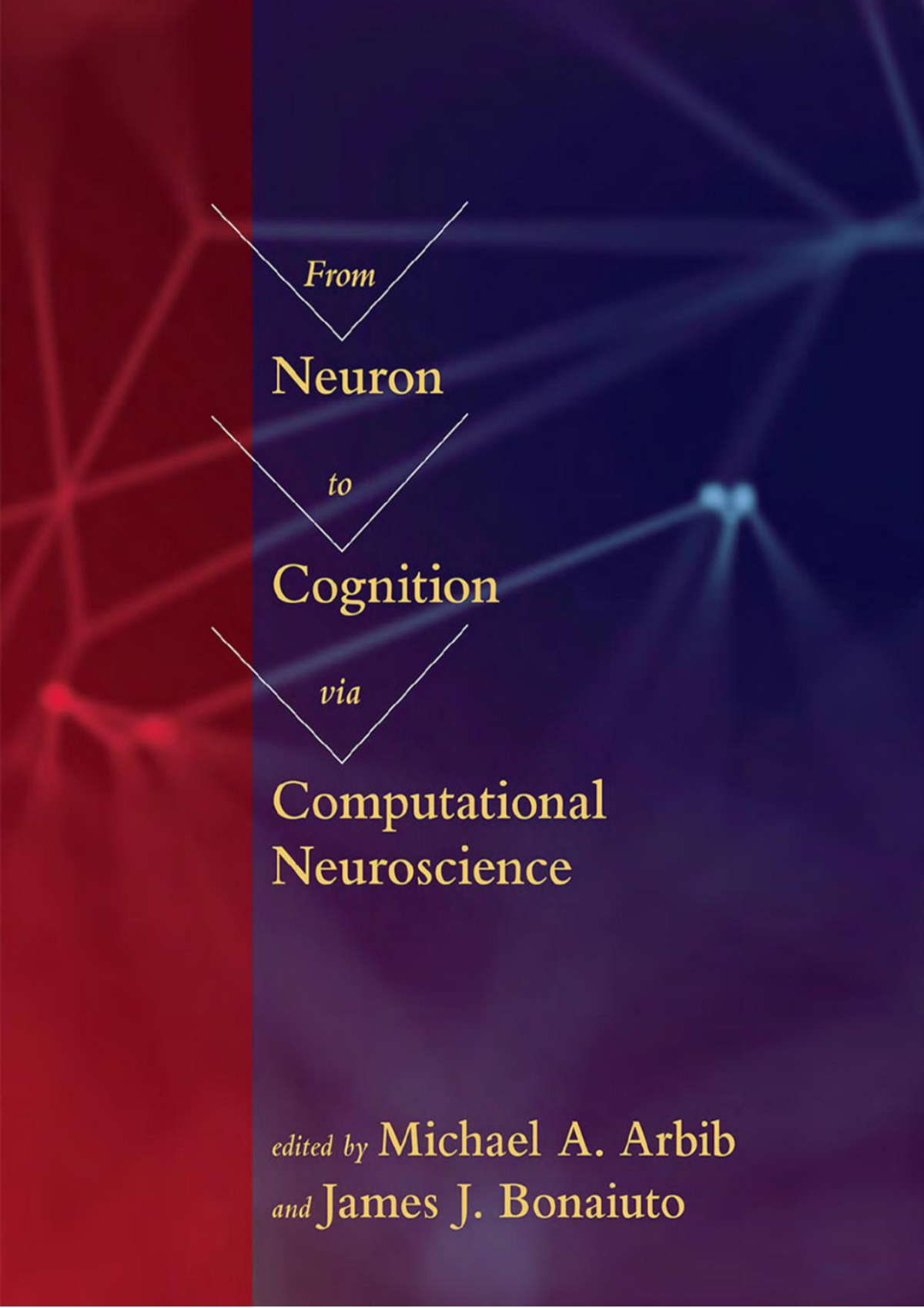

Most ebook files are in PDF format, so you can easily read them using various software such as Foxit Reader or directly on the Google Chrome browser.
Some ebook files are released by publishers in other formats such as .awz, .mobi, .epub, .fb2, etc. You may need to install specific software to read these formats on mobile/PC, such as Calibre.
Please read the tutorial at this link: https://ebookbell.com/faq
We offer FREE conversion to the popular formats you request; however, this may take some time. Therefore, right after payment, please email us, and we will try to provide the service as quickly as possible.
For some exceptional file formats or broken links (if any), please refrain from opening any disputes. Instead, email us first, and we will try to assist within a maximum of 6 hours.
EbookBell Team

0.0
0 reviewsThis book seeks to introduce the reader to the middle range: from neurons, circuits, and brain regions to human cognition, with just enough subcellular details to enrich our insights into how neurons can work together to yield at times surprising results. We trace a path from neuron to cognition via computational neuroscience, but what is computational neuroscience? We reserve the term computational neuroscience for the attempt to understand neural systems by developing models of the causal interactions which underlie the observed behaviors of these systems.
This book has been designed to be used as a textbook for an introductory course in computational neuroscience, and it has an accompanying website (https://mitpress.mit.edu/neuron-cognition), which contains further instructions on how to access the ancillary materials that accompany the book. This book could be read by individuals with no prior study of the brain if they are content to accept formal models without the larger framework that prior study of neuroscience can provide. Indeed, an attempt is made in each chapter to offer an exposition of key empirical findings that provide the framework for the models presented in that chapter.